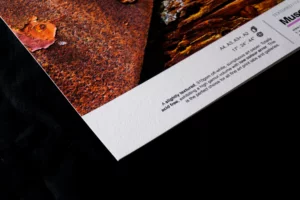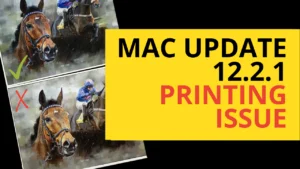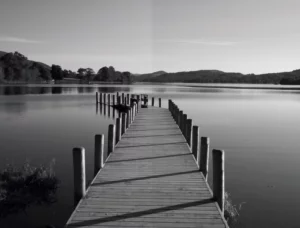Photo paper vs fine art paper – what’s the difference? In the realm of inkjet printing, the choice of paper can be as crucial as the image itself when printing your photographs and artwork. At PermaJet, we believe that every artist and photographer deserves the perfect media to showcase their creations. This blog will delve into the difference between everyday photo papers and fine art papers, shedding light on their unique features and guiding you towards making an informed decision on which suits you best.
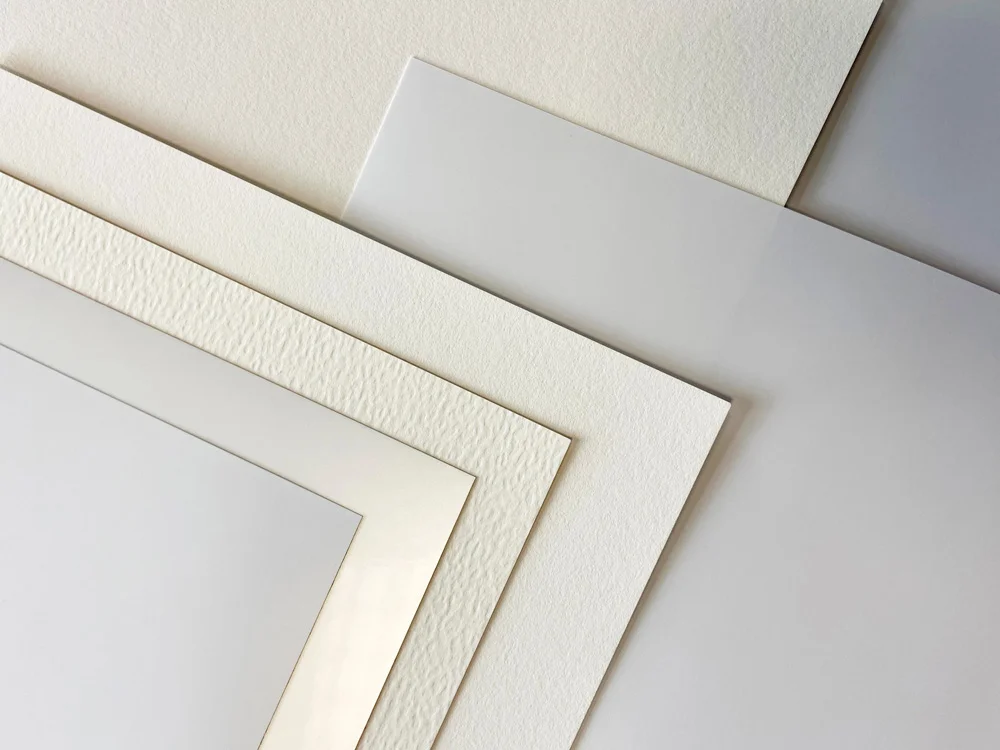
Inkjet Photo Papers: A Versatile Platform for Everyday Brilliance
Resin coated (RC) inkjet papers are a popular choice for those looking for a versatile everyday option that delivers exceptional results. Featuring a plastic coating over an alpha cellulose paper base, RC papers offer quick drying times and water resistance. This makes them ideal for producing everyday prints that don’t require archival preservation.
Key benefits of resin coated inkjet papers:
- Quick drying times, perfect for high-volume printing.
- Water-resistant coating for added durability.
- Vivid colour reproduction and excellent sharpness.
- Versatile finishes to suit various creative styles.
PermaJet’s Digital Photo range provides a diverse selection of finishes. This includes gloss, lustre, and pearl, catering to a wide spectrum of artistic preferences.
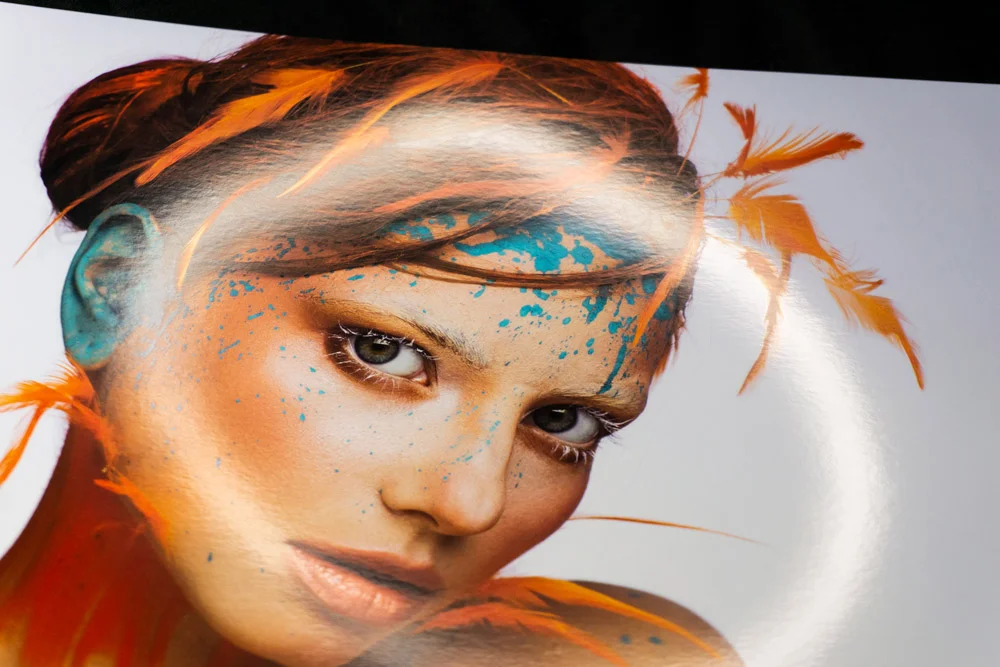
Fine Art Inkjet Papers: Elevating Your Creations to Museum-Quality Standards
Fine art papers are the premium choice for those seeking to elevate their prints to exhibition-worthy masterpieces or archival-quality works of art. Crafted using high-quality materials such as cotton rag or alpha cellulose fibres, these papers offer exceptional quality, texture, and longevity. This will ensure that your prints stand the test of time.
Key benefits of fine art cotton/alpha cellulose inkjet papers:
- Exceptional texture and tactile feel, adding depth to your prints.
- Superior archival quality for long-lasting preservation.
- Enhanced tonal range and detail for professional-quality results.
- Ideal for exhibitions, limited editions, and fine art prints.
PermaJet’s fine art inkjet papers embody the pinnacle of sophistication and quality, perfect for artists and photographers who demand nothing but the best.
There are four ranges to choose from: Fibre Based, Smooth Fine Art, Textured Fine Art, and the Heritage Range.
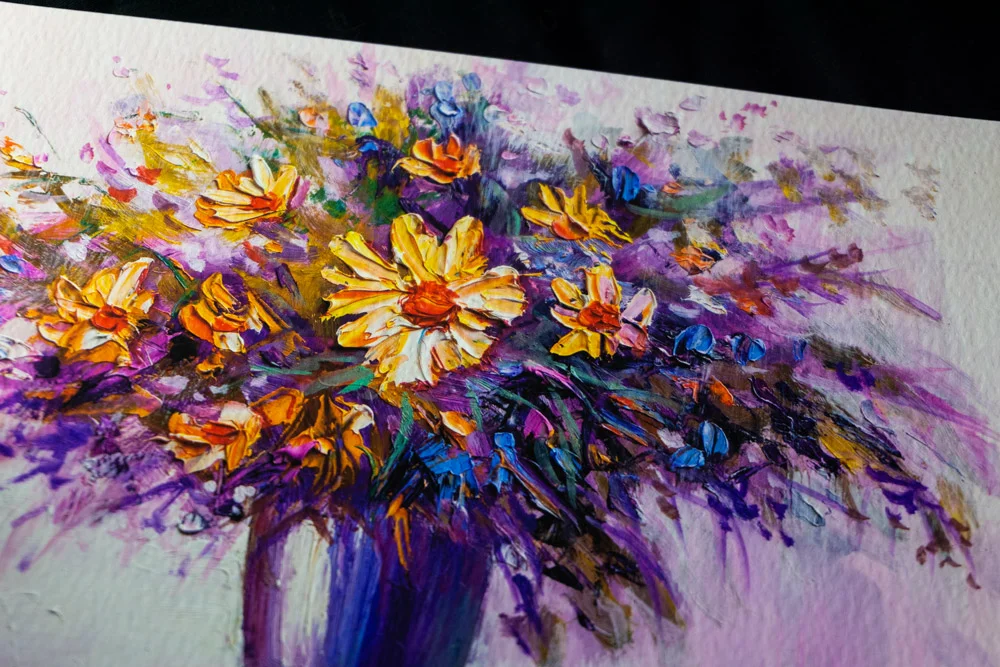
Choosing the Right Paper for Your Vision: Why PermaJet Stands Out
The choice between resin coated and fine art inkjet papers ultimately boils down to your artistic intent and the impact you wish to achieve with your prints. If you’re looking for a versatile, cost-effective option suited for everyday printing, PermaJet’s Digital Photo range is the perfect choice. However, if you aspire to create archival prints that exude elegance and sophistication, our fine art papers offer the ideal selection.
At PermaJet, we are committed to providing a diverse range of inkjet papers that cater to every need. Whether you’re printing for commercial purposes or personal enjoyment, our papers are meticulously crafted to meet the highest standards of quality and performance. We also have a YouTube channel full of videos to inspire and inform you on all things print and paper.
Elevate your prints to new heights with PermaJet’s photo and fine art inkjet papers – where creativity meets perfection.
Printing FAQ
What paper should I print my artwork on?
Your choice of paper ultimately depends on your personal preferences and how you plan to use the print. We recommend narrowing down your options by referring to the article above. Once you have identified the specific type of paper you need, you can order a PermaJet Test Pack that includes multiple sheets of each paper, allowing you to try them out with your own images.
Should I buy a dye or pigment ink printer?
Both dye and pigment inks have their own advantages. When deciding on a printer, you’ll need to consider various factors such as your budget and the type of prints you want to produce. To explore the differences between dye and pigment ink, check out our blog on the topic.
What is a Giclée print?
The word ‘giclée’ is French for the term ‘to squirt’ and refers to a fine art printmaking method. Giclée prints are known for their exceptional quality and longevity. To meet the standards for a Giclée print, certain criteria must be fulfilled:
- The quality of the original file must be 300dpi or higher
- It must be printed on a wide format printer with 10+ pigment inks
- The selected inkjet paper must be archival and acid-free
Should I use OBA free paper?
OBA’s (Optical Brightening Agents) are added to a paper during its production to help take it from its natural yellow tone to a brighter white. While a small amount of OBA’s are typically used, it’s important to note they may deteriorate over time, causing the paper to revert to its original yellow hue. The speed in which this happens will highly depend on the condition the prints are stored in. If you require archival fine art pieces with long-lasting durability, it’s advisable to opt for OBA-free paper. Otherwise, there’s no need to be overly concerned about paper containing OBA’s. We have a blog that goes into further detail if you’d like to learn more about OBA’s.



